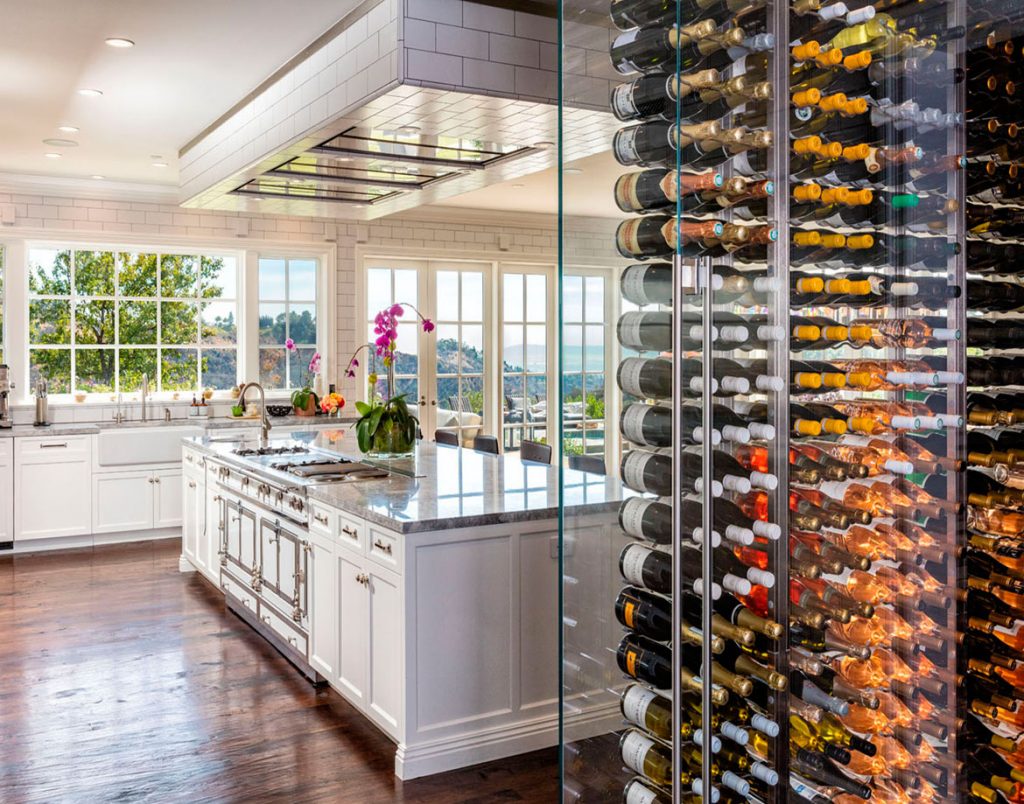
The Top 5 Technology Trends that Are Changing our Homes
The use of IoT (Internet of Things) devices will become ubiquitous in homes over the next 5-10 years, as the price of sensors is decreasing and new applications are developed. Home will become a critical information provider and a command center, managed by IoT systems.
Here are the top trends where IoT innovation is occurring most dramatically:
Energy Management.
Home energy management services have been able to connect to daily weather forecasts. This allows automatic regulation of indoor temperature, lighting, blinds, and sprinkler systems, which enhances power and water conservation. New products, introduced to the market place, fit inside electrical panels and monitor power consumption of appliances and rooms. These practices are providing valuable input and insights for energy management. Home owners receive notifications to their smart phones whenever energy thresholds are exceeded.
Security.
Biometrics, such as voice and optical recognition, are increasingly being implemented in indoor and outdoor security cameras, video doorbells, and smart locks. These innovations can now enable home owners to monitor and control their home security remotely. Geofencing technology, which arms and disarms the house, is already available. Other security systems, such as those that detect resident’s movement patterns and mimic them while a house is empty, will soon be released.
Health Monitoring.
More attention is being paid to in-home medical monitoring systems that connect seniors with their families, neighbors and emergency responders. IoT sensors are already being used to detect accidents, to open and close windows, to measure air quality and to monitor refrigerator temperatures. Once IoT’s potential is fully realized, the technology will permit seniors to retain their independence longer, without assisted care interventions.
Artificial Intelligence.
Most of our current smart-home technologies are controlled by users’ preferences and habits. Artificial Intelligence incorporated into IoT systems, will dramatically accelerate personalized accommodations. These technologies will be able to observe a homeowner’s behavior, identify trends, and launch automatic commands on the owner’s behalf. Home intelligence will study individual preferences and habits, such as climate comfort, lighting, shower temperature and more. The interactive home will also provide updates and advice about impending snowstorms or heat waves.
Preventative and Predictive Maintenance.
Soon enough, homes will notify owners of imminent plumbing leaks, appliance failures and electrical issues to prevent urgent and costly repairs. IoT systems will be able to contact contractors directly in case of emergencies. In other words, your plumber will be contacting you instead of the other way around.
Some home insurance companies have already incorporated smart sensors to reduce risks and to provide lower rates to customers who are willing to install preventative systems. IoT home systems, supported by insurance companies, general contractors, home maintenance and security firms, will soon become more involved in managing home maintenance and in ensuring homeowner safety.


